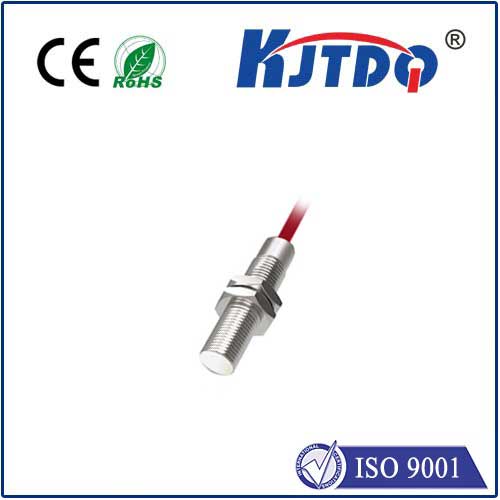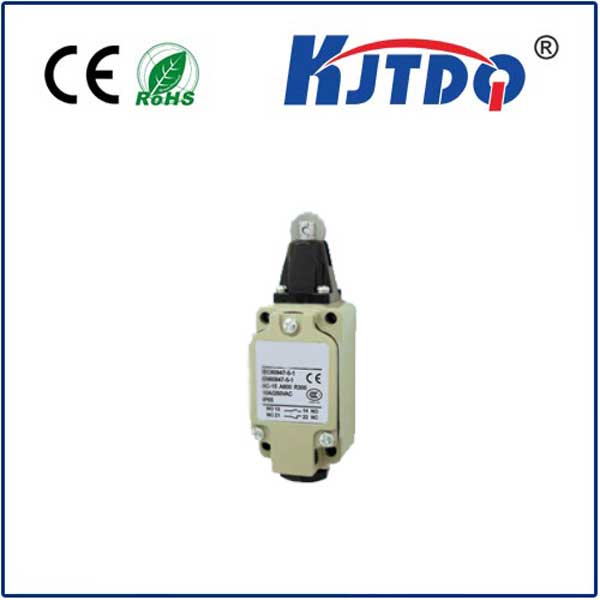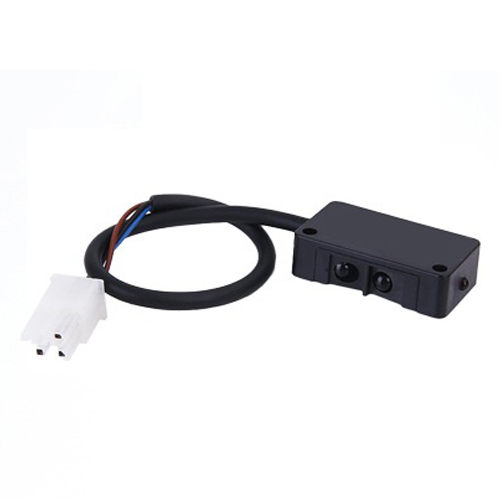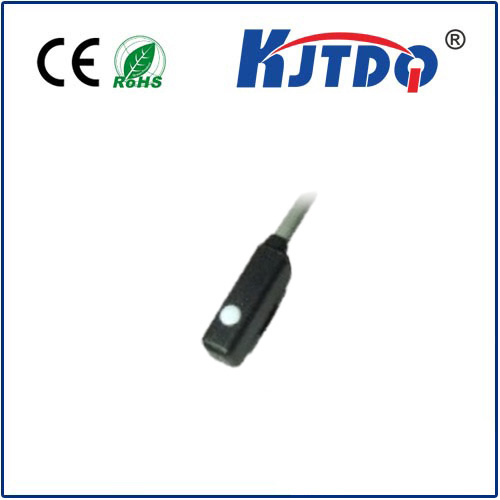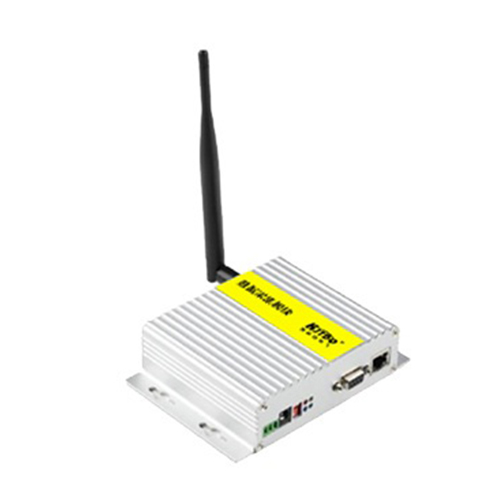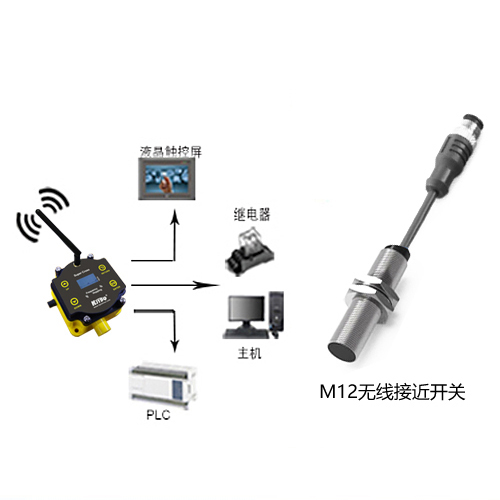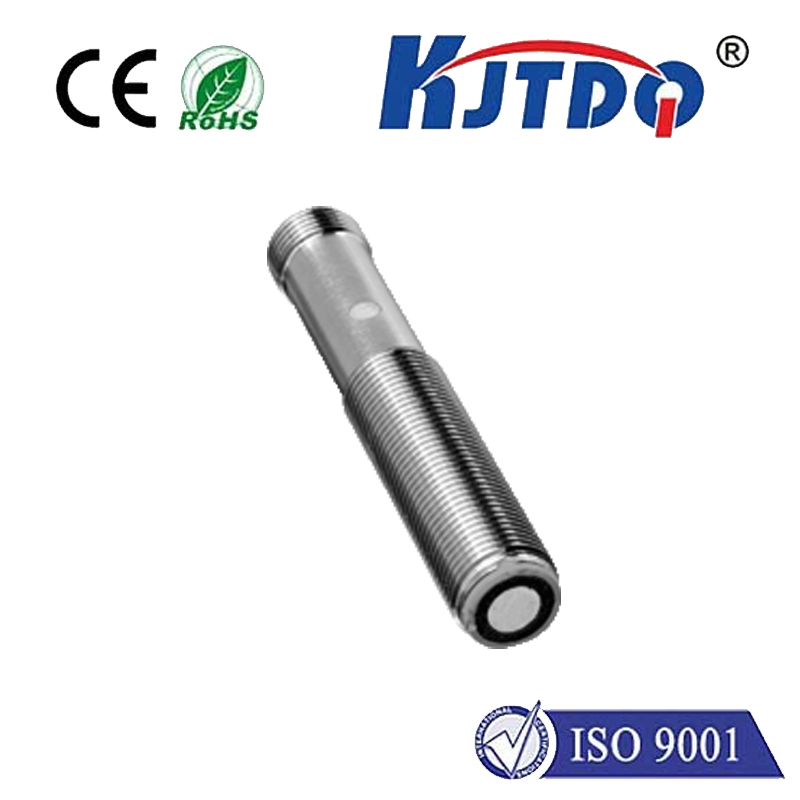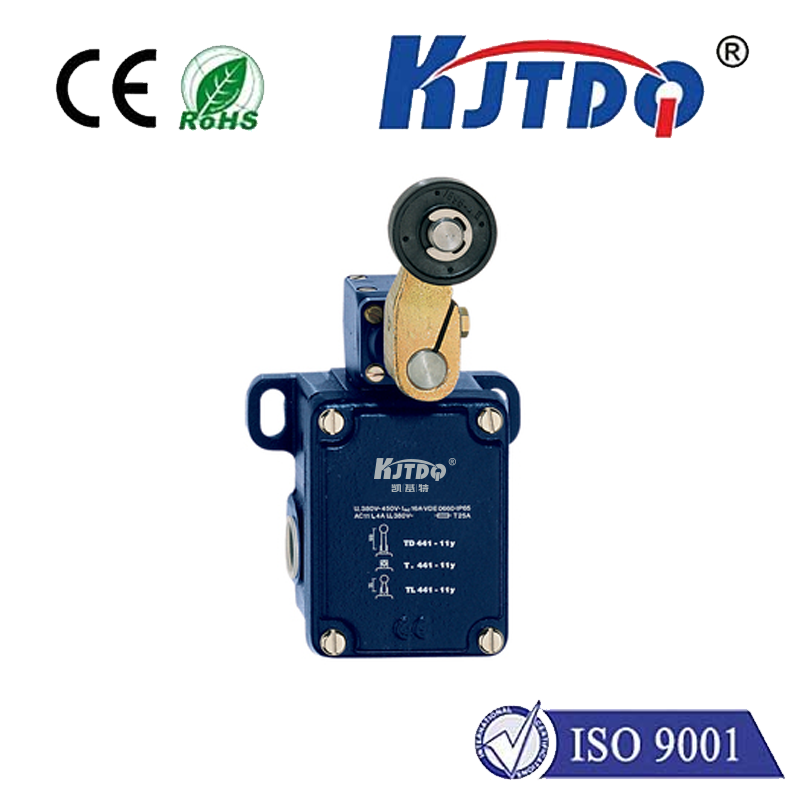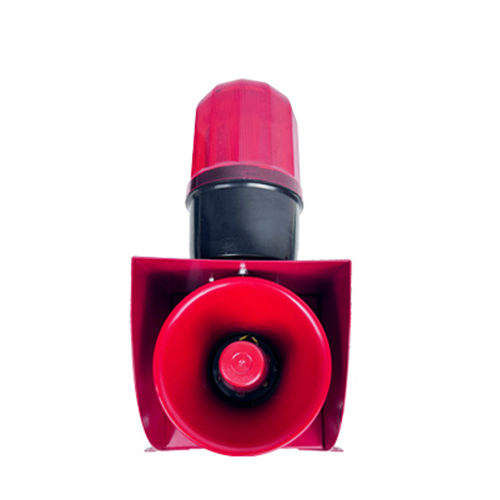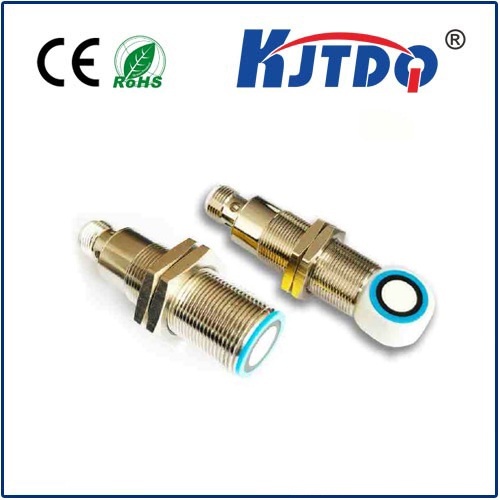waterproof temperature sensor
- time:2025-08-20 02:21:17
- Нажмите:0
Waterproof Temperature Sensors: Guardians of Precision in Hostile Environments
Accurate temperature measurement is fundamental across countless industries and applications. But what happens when that critical measurement needs to happen submerged in water, exposed to relentless rain, subject to aggressive washdowns, or amidst damp, corrosive conditions? Standard sensors falter. Their delicate electronics short-circuit, their housings corrode, and their readings drift or fail entirely. This is where the waterproof temperature sensor emerges as an indispensable hero, enabling reliable data capture where conventional probes simply cannot survive. Understanding their design, capabilities, and optimal deployment is key to unlocking precision in challenging environments.
Why Waterproofing Isn’t Just an Option, But a Necessity
Water is the arch-nemesis of unprotected electronics and sensitive measurement components. Beyond immediate catastrophic failure (like short circuits leading to sensor death or system damage), moisture ingress poses insidious long-term threats:
- Corrosion: Even minuscule amounts of water vapor can trigger corrosion on electrical contacts and internal components, degrading signal integrity and causing drift or erratic readings over time.
- Contamination: Water can carry contaminants (salts, minerals, chemicals) that deposit on sensing elements, insulating them and drastically reducing accuracy and response time.
- Condensation: Temperature cycling in humid environments causes condensation inside non-sealed housings, directly impacting the sensor element.
- Physical Damage: Repeated exposure to liquids, especially under pressure (like submersion), can physically dislodge connections or compromise housing integrity.
А.waterproof temp sensor is specifically engineered with robust materials and sophisticated sealing techniques to create an impervious barrier, shielding the vital internal electronics and the sensitive temperature-sensing element itself (thermistor, RTD, or thermocouple).

Decoding Waterproof Ratings: The IP Code Explained
Not all “waterproof” claims are created equal. The level of protection is definitively classified by the International Protection (IP) Code (standardized as IEC 60529). This code provides clear, objective benchmarks:
- First Digit (Solid Particle Protection): Ranges from 0 (no protection) to 6 (dust-tight). For most waterproofing needs, the solid protection is secondary but often linked.
- Second Digit (Liquid Ingress Protection): This is the critical number for waterproof sensors:
- IPX5/IPX6: Protected against low/high-pressure water jets from any direction. Suitable for washdowns, rain exposure, or splashing zones. Not suitable for submersion.
- IPX7: Protected against the effects of temporary immersion in water (up to 1 meter for 30 minutes). Ideal for sensors that might be accidentally dropped or exposed to flooding.
- IPX8: Protected against continuous immersion in water under conditions specified by the manufacturer (often depths exceeding 1 meter for extended periods). This is the gold standard for truly submersible temperature probes. Always check the manufacturer’s specific depth and duration specifications for IPX8.
- IP69K: Adds protection against high-pressure, high-temperature washdowns, specifically powerful steam-jet cleaning common in food & beverage or pharmaceutical manufacturing. Crucially, IP69K does not guarantee submersion protection (IPX7/X8); it’s focused on pressurized cleaning resistance.
Selecting the right IP rating is paramount: An IP67 rated temperature probe might be perfect for an industrial washdown area but catastrophic for a deep-water tank sensor application requiring IP68/IPX8.
Where Waterproof Temperature Sensors Shine: Key Applications
- Industrial Process Control & Manufacturing: Harsh washdown environments in food & beverage, pharmaceutical, chemical processing (requiring IP69K or IP67/IP68). Monitoring temperatures in cooling tanks, plating baths, or submerged processes. Hydroelectric power plants rely on them to monitor critical bearing temperatures and cooling water systems.
- Water Management & Environmental Monitoring: Installed directly in rivers, lakes, reservoirs, wastewater treatment plants, and oceans to monitor water temperature crucial for environmental health, aquatic life studies, and process efficiency. Submersible temperature sensors are essential here.
- HVAC/R (Heating, Ventilation, Air Conditioning, Refrigeration): Monitoring condenser water loops, chilled water systems, and cooling tower basins. Used in ice rinks, cold storage facilities, and anywhere condensation or direct water contact is likely.
- Aquaculture & Hydroponics: Precise water temperature monitoring is vital for fish health, growth, and metabolic rates in tanks and ponds, and for optimizing plant nutrient uptake in hydroponic solutions. Durability in constant submersion is non-negotiable.
- Scientific Research: Marine biology studies, oceanography, limnology, and laboratory experiments involving liquids all depend on accurate, reliable waterproof temperature probes.
- Plumbing & Hot Water Systems: Monitoring boiler outputs, solar thermal systems, domestic hot water tanks, and underfloor heating circuits where leaks or condensation could occur.
- Сельское хозяйство: Monitoring soil moisture probe temperatures in irrigation systems, temperatures in dairy processing (milk tanks, pasteurizers), and liquid fertilizer storage.
Choosing the Right Waterproof Temperature Sensor: Key Considerations
Beyond the essential IP rating, several factors influence sensor selection:
- Sensing Element Type: RTDs (like Pt100) offer high accuracy and stability; Thermistors provide high sensitivity in specific ranges; Thermocouples are robust and handle extreme temperatures. Match the element to your required accuracy, range, and environment.
- Temperature Range: Ensure the sensor’s specified range comfortably covers your application’s minimum and maximum temperatures.
- Response Time: How quickly does the sensor react to temperature changes? Critical for dynamic processes. Thinner probe sheaths generally offer faster response.
- Construction Materials:
- Stainless Steel (304, 316): Excellent corrosion resistance, especially 316 in harsh chemical or marine environments. Common for probe sheaths.
- Plastics/Polymers: Used for housings or specific probe types, chosen for chemical compatibility and electrical insulation (e.g., PPS, PTFE).
- Seals: High-quality elastomers (like Viton, EPDM, Silicone) or specialized thermoplastics form the critical waterproof barriers. Material choice is vital for chemical compatibility and temperature resistance.
- Probe Design & Size: Stem length, diameter, and sheath material affect response time, physical robustness, and suitability for the installation point (e.g., narrow pipe immersion, tank wall mounting).
- Output Signal: Common options include analog (4-20mA, 0-10V) or digital (Modbus, CANbus, SDI-12). Choose what integrates seamlessly with your control or data logging system.
- Chemical Compatibility: Ensure the wetted parts (probe sheath, seals) are resistant to the specific liquids they will encounter (acids, alkalis, solvents, oils).
Ensuring Long-Term Reliability: Installation & Maintenance Best Practices
Even the best IP rated temperature probe can fail if improperly installed or neglected:
- Verify Seals: Ensure o-rings or gaskets are clean, lubricated (if recommended by the manufacturer), seated correctly, and undamaged before installation. Never overtighten compression fittings, as this can distort seals.
- Protect Cable Entry Points: The sensor head-to-cable connection is a common failure point. Use waterproof cable glands (with the correct IP rating) and ensure strain relief is properly applied. For critical submersion, consider sensors with molded cable connections.
- Secure Mounting: Prevent vibration, physical stress, or accidental impact on the sensor body or probe stem.
- Avoid Thermal Shock: While designed for harsh conditions, sudden extreme temperature changes can stress materials and seals. Gradual transitions are preferable where possible.
- Regular Inspection & Calibration: Periodically check sensors for physical damage, corrosion, and seal integrity. Perform regular calibration checks against a known standard to ensure ongoing

